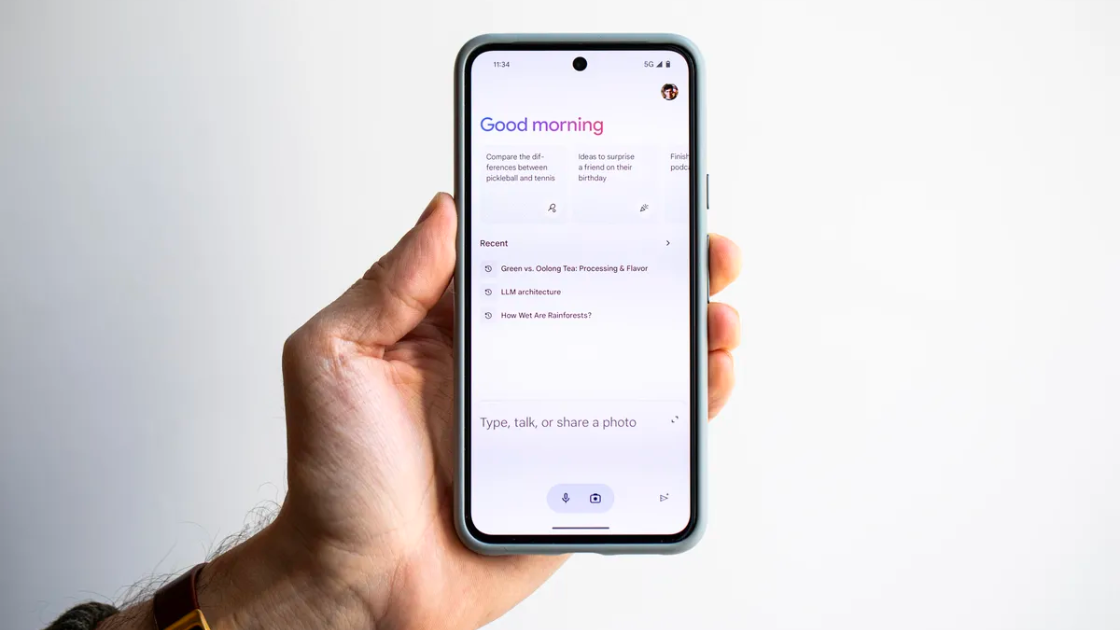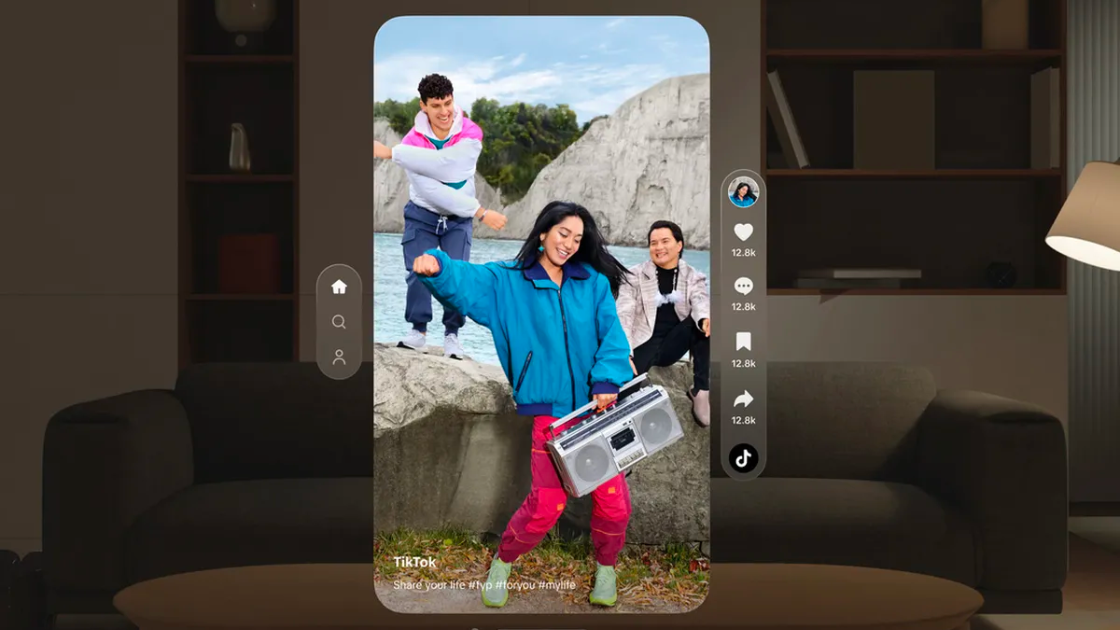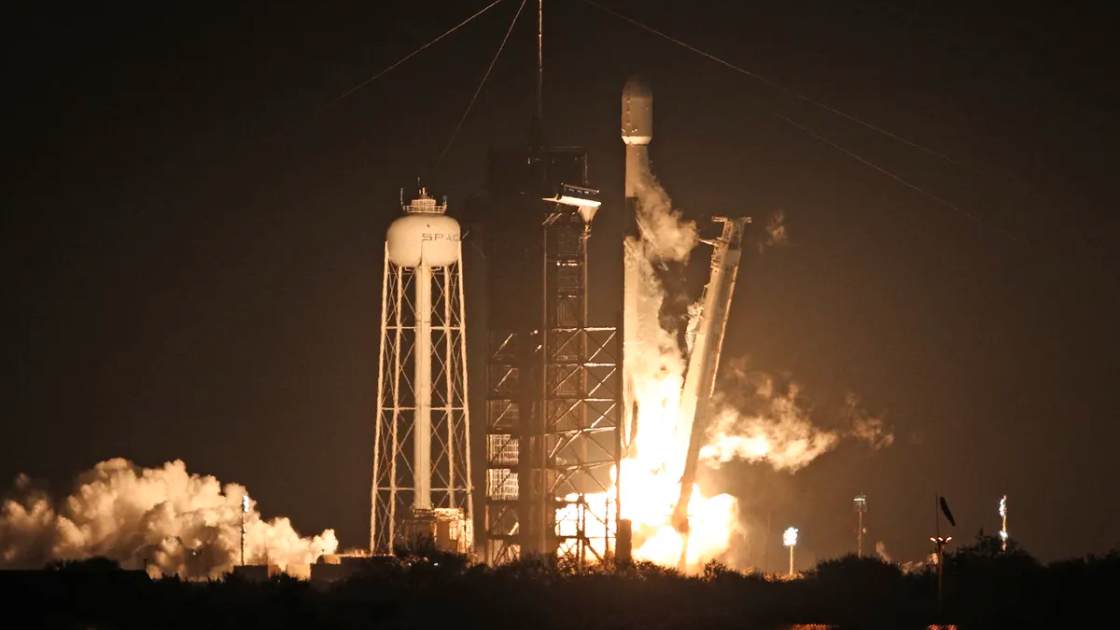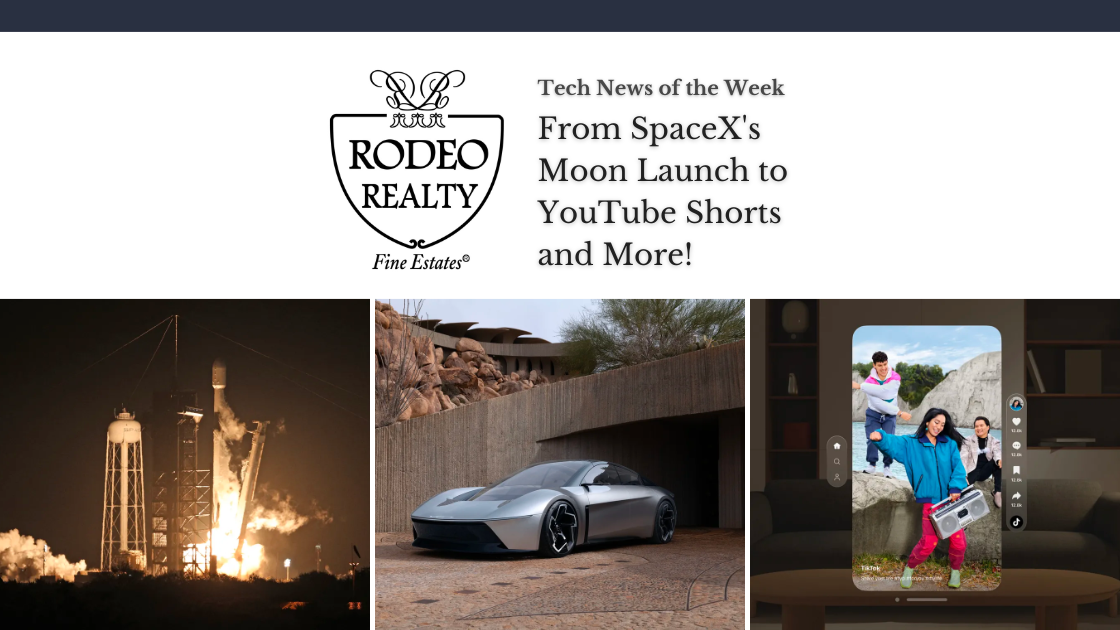Keep up-to-date with the latest in technology and media with our weekly digest. Covering everything from SpaceX’s lunar mission to the latest on YouTube Shorts and beyond, we’ve got all the essential news for you. Dive into our roundup below for the newest updates from across the digital sphere.
ChatGPT to Gain ‘Memory’ Capabilities for Personalized Interactions

OpenAI is enhancing ChatGPT with a new “memory” feature to make interactions more personalized and less repetitive. This feature enables ChatGPT to remember details about users, such as preferences and past conversations, either through direct instruction or by picking up information over time. Each version of GPT will have its own memory, allowing for tailored recommendations across various applications, like book suggestions, educational courses, and fitness tracking. While OpenAI emphasizes user control over ChatGPT’s memory, including options to manage or delete stored information, the introduction of memory raises privacy concerns. Initially available to a limited number of users, this test phase represents a significant step towards creating more intelligent and personalized AI interactions, despite potential privacy challenges.
Chrysler Halcyon Concept Showcases the Brand’s Potential Beyond Minivans

Approaching its centennial, Chrysler, predominantly recognized for its Pacifica minivans, is making a statement about its future with the introduction of the Halcyon concept car. This electric, high-tech roadster with autonomous capabilities marks a significant departure from the company’s minivan image, showcasing Chrysler’s ambitions to pioneer in advanced technology and electric vehicles. Although not slated for production, the Halcyon concept serves as a showcase for Chrysler’s future direction, emphasizing the use of sustainable materials, advanced AI, augmented reality, and vehicle connectivity. It demonstrates the potential of Stellantis’ STLA Large platform and a commitment to only sell electric vehicles by 2028, illustrating Chrysler’s innovative approach to mobility with a focus on sustainability and user-centric technologies.
YouTube Shorts Introduces Music Video Remixing Feature Amid UMG’s Silence on TikTok

YouTube Shorts has launched a feature allowing creators to add and remix music videos in their app. Likewise, for YouTube this leverages artists like Beyoncé and Maggie Rogers’ music videos, amidst TikTok’s ongoing licensing dispute with Universal Music Group (UMG). This move comes as TikTok faces the loss of music from major artists due to its failure to renew a licensing agreement with UMG, accusing the platform of undervaluing music. Of course, the introduction of the remix feature on Youtube Shorts capitalizes on its access to UMG’s music library and offers an advantage by enabling unique creative possibilities with music videos that TikTok does not. This enhancement not only enriches the content creation experience on YouTube Shorts but also positions it competitively against TikTok in the short-form video space.
Gemini 1.5: Google’s Upcoming AI Model Nears Completion

Just two months after introducing Gemini, Google’s ambitious large language model aimed at leading the AI industry, the company has announced its successor, Gemini 1.5. Available to developers and enterprise users, with a consumer launch on the horizon, Gemini 1.5 represents a significant upgrade, matching the performance of the more advanced Gemini Ultra and outperforming Gemini 1.0 in the majority of benchmark tests. This feature, emphasized by CEO Sundar Pichai, surpasses the capabilities of current models significantly, marking a leap in AI’s ability to manage extensive information. While initially available for business and developer use, Gemini 1.5 is part of Google’s broader strategy to dominate the AI landscape, amidst competition with firms like OpenAI, highlighting the rapid evolution and significance of underlying technology in AI tools.
TikTok Launches Dedicated App for Vision Pro

TikTok has unveiled a native app for Apple’s Vision Pro headset. Likewise, this enhances the user experience with a layout familiar to its mobile app users. In addition, it provides adjustments to leverage the headset’s larger display. This includes a vertical video player and interactive buttons. Of course, this also includes comments and creator profiles displayed on a separate pane to avoid obstructing the video. The app, redesigned for the Vision Pro, offers the option to view videos against the backdrop of the real world. Additionally, users can view virtual settings, such as the Moon’s surface. This development highlights the levels of support from major platforms for Vision Pro, like Disney. YouTube, however, has indicated plans for a Vision Pro app, signaling potential future support.
SpaceX Achieves Milestone with Odysseus Launch Aimed at U.S. Lunar Return

SpaceX’s recent launch of the Nova-C lunar lander “Odysseus,” marks a significant step towards the United States’ ambition to return to the Moon. Of course, this would be the first time since Apollo 17 in 1972 that a moon landing has happened. Launched from Cape Canaveral by a Falcon 9 rocket, Odysseus is on a trajectory to the Moon’s south pole. The current landing date targets a February 22nd landing in a scientifically valuable region known for water ice. This mission, if successful, would reestablish the U.S. presence on the lunar surface. In addition, it would signify the first private spacecraft to achieve a lunar landing. The endeavor carries multiple payloads, including scientific instruments for NASA’s Commercial Lunar Payload Services program. Also, it includes unique projects like the “EagleCam” CubeSat and Jeff Koons’ art installation.
